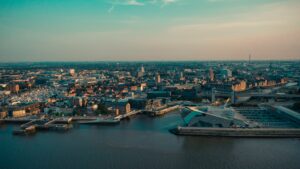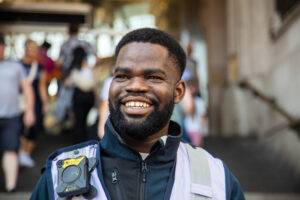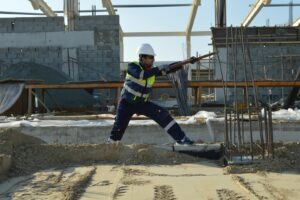 Yesterday the government announced the latest of its localism initiatives: a programme called ‘Our Place‘ which aims to work with at least 100 communities to ‘design and deliver local services that focus on local priorities’.
Yesterday the government announced the latest of its localism initiatives: a programme called ‘Our Place‘ which aims to work with at least 100 communities to ‘design and deliver local services that focus on local priorities’.
This follows on from the 12 neighbourhood community budget pilots, which were an attempt to persuade public sector agencies to pool some of their budgets at neighbourhood level, and find ways to put local people in charge of the pooled funds.
The hope was to avoid ‘departmental silos’, allowing services to be combined and customised according to the individual circumstances of people, and of neighbourhoods, rather than being designed to fit into narrow pre-determined departmental agendas. The hope was also to bring about greater involvement of users and residents, going with the fine grain of their local knowledge.
And of course the hope was also to save money, by reducing inefficiency and duplication, and by encouraging preventative measures, to stop problems getting worse, with all the cost that implies.
In the 12 pilot areas, some of the most creative approaches have come from Locality members.
In East London, following a community door-knocking exercise which contacted over 1,000 residents, Poplar Harca and the Bromley by Bow Centre are leading an initiative to recruit local people to become volunteer health trainers. This will save the NHS £4m over five years by promoting healthy lifestyles and improving treatment of those at risk of diabetes.
Elsewhere, community-run assets are part of the way forward. Bradford Trident is taking on management of a local youth centre, the Castle Vale Leisure Trust has secured the asset transfer of a community football stadium from Birmingham City Council, and in Ilfracombe there will be community management of parks and grounds maintenance, litter collection, street lighting, car parks, public toilets, and eventually the harbour.
This is difficult work. It can feel threatening to those who currently control the purse-strings, especially at a time of spending cuts. All the pilots have found themselves facing resistance from entrenched institutional interests, and without doubt it requires leadership and determination to overcome this. But nevertheless, the pilots have been important, most of all because they legitimise the idea that decision-making and control should start in the neighbourhood.
Once that idea takes hold, the flood-gates start to creak open. Possibilities and practical actions, none of which could have been planned in advance, start to emerge, first a cautious trickle, and then growing in strength and confidence.
So I very much hope that this new programme will be effective in spreading this idea far and wide, and that every possible support and encouragement will be given to all those who are brave and determined enough, and passionate enough about their neighbourhood, to give it a go.
By the way, while I am on the subject of the brave and determined, I was pleased to see that Andy Murray, fresh from his Wimbledon win, and no doubt nursing a celebratory hangover, took time yesterday to visit the Black Prince Community Hub. This is a new inner-city sports facility in South London, where a community trust has taken over a disused school building, with funding from Communitybuilders, Nike, and others, and with substantial advice and support from nearby Locality member Coin Street Community Builders. A nice example of what can be achieved by tapping into the experience and expertise in our network, and into the aspirations and ambitions of local people.


















Leave a Reply